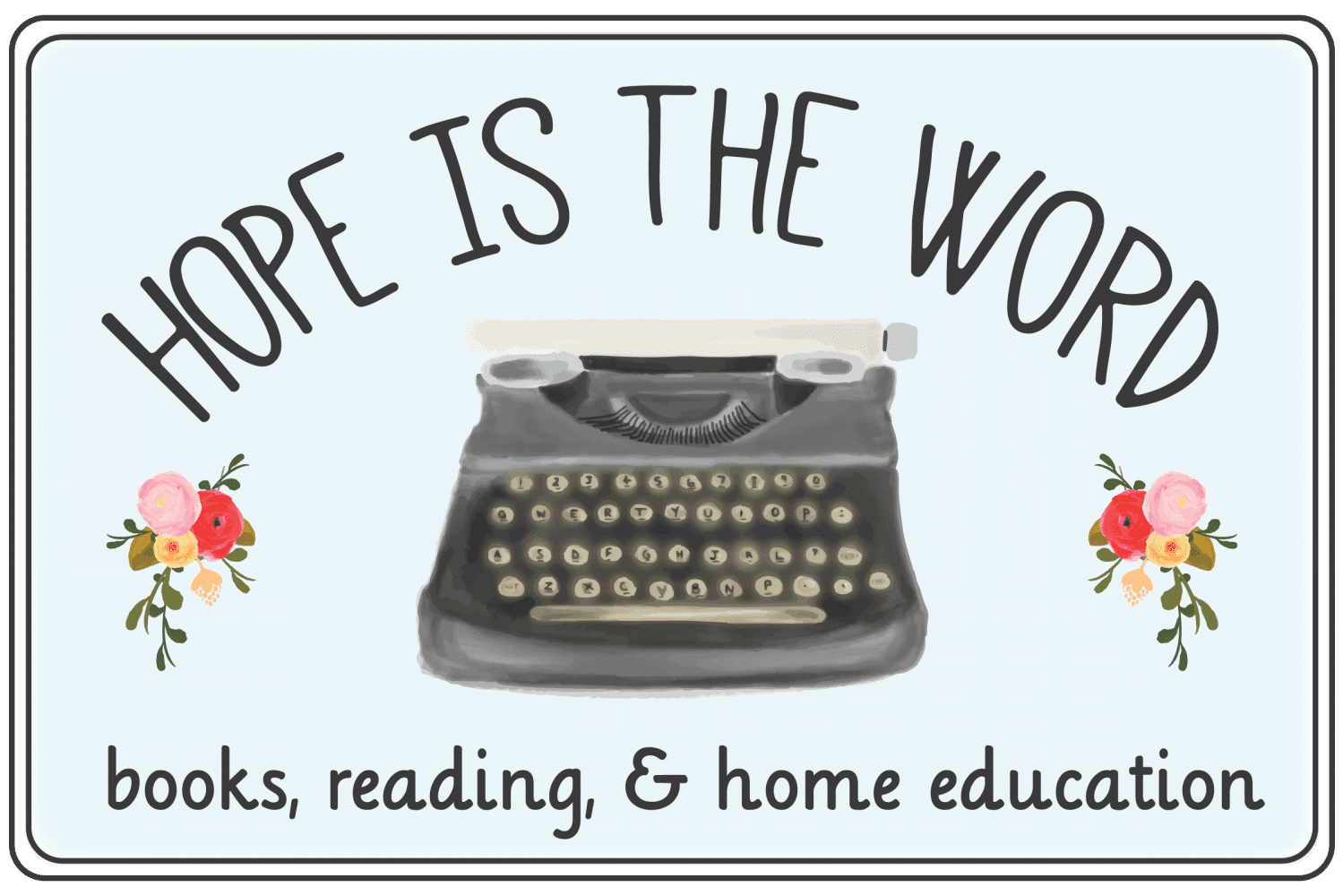As parents, we all want our children to develop a love for reading. It’s not only a great way to expand their imagination and creativity, but it also helps them develop crucial language and cognitive skills. However, with the vast array of children’s books available today, it can be overwhelming to find the perfect story for your little reader. In this ultimate guide, we will provide you with valuable insights and tips on how to choose children’s books that will captivate and engage your child, making reading a joyful and enriching experience for both of you.
Understanding Your Child’s Interests and Age Group
Every child is unique, and their reading preferences may vary based on their interests, age, and developmental stage. To choose the right children’s book, it’s essential to understand your child’s interests and consider their age group.
1. Catering to Your Child’s Interests
Take the time to observe your child’s interests and hobbies. Do they have a fascination with animals, adventure, or fantasy? Are they drawn to stories about friendship, emotions, or problem-solving? Understanding your child’s interests will help you select books that align with their passions, making reading more enjoyable for them.
2. Age-Appropriate Books
Children’s books are usually categorized into different age groups, such as board books for infants, picture books for toddlers, and chapter books for older children. Ensure that the books you choose are suitable for your child’s age group. Age-appropriate books not only cater to their reading level but also introduce them to age-appropriate themes and concepts.
Exploring Different Genres and Themes
Children’s books come in various genres and themes, each offering a unique experience and learning opportunity. By exposing your child to different genres, you can help them discover their preferences and expand their literary horizons.
1. Classic Fairy Tales and Fables
Classic fairy tales and fables have stood the test of time and continue to captivate young readers. These stories often teach valuable life lessons, morality, and the importance of kindness. Introducing your child to classics like “Cinderella,” “The Three Little Pigs,” or “The Little Mermaid” can be a magical experience.
2. Adventure and Mystery
Adventure and mystery stories fuel children’s imagination and curiosity. Books like “The Famous Five” series or “Nancy Drew” mysteries can transport your child into thrilling worlds where they can solve puzzles and embark on exciting quests.
3. Science Fiction and Fantasy
Science fiction and fantasy books create imaginative worlds filled with magic, futuristic technology, and mythical creatures. These books allow children to explore boundless possibilities and stimulate their creativity. Popular examples include “Harry Potter,” “The Chronicles of Narnia,” and “A Wrinkle in Time.”
4. Educational and Non-Fiction
Educational and non-fiction books provide valuable knowledge and insights to young readers. From books about dinosaurs to space exploration, these books satisfy children’s thirst for knowledge and foster their curiosity about the world around them.
Considering Diversity and Inclusion
In today’s diverse world, it’s important to expose children to books that reflect different cultures, backgrounds, and perspectives. Including diverse literature in your child’s reading repertoire not only promotes empathy and understanding but also helps them develop a broader worldview.
1. Multicultural Books
Multicultural books celebrate diversity and teach children about different cultures, traditions, and experiences. Look for books that feature characters from various ethnicities, religions, and backgrounds. Examples include “Last Stop on Market Street,” “The Name Jar,” and “Each Kindness.”
2. Books with Strong Female Protagonists
Empower your child, regardless of gender, by introducing them to books with strong female protagonists. These characters inspire courage, resilience, and independence. Books like “Matilda,” “Pippi Longstocking,” and “The Paper Bag Princess” are excellent choices.
3. LGBTQ+ Inclusive Books
Inclusive books that portray LGBTQ+ characters and themes help foster acceptance and understanding from an early age. Look for titles like “And Tango Makes Three,” “The Family Book,” and “Julián Is a Mermaid” to promote inclusivity and teach children the importance of embracing diversity.
Considering Reading Level and Book Format
When choosing children’s books, it’s crucial to consider your child’s reading level and the format that suits them best. This ensures that they can engage with the book comfortably and feel a sense of accomplishment as they progress.
1. Reading Level
Select books that align with your child’s reading level. Early readers may benefit from books with shorter sentences, simple vocabulary, and repetitive patterns. As their reading skills improve, gradually introduce books with more complex language and longer narratives.
2. Book Format
Consider the format that appeals to your child. Board books with sturdy pages are perfect for infants and toddlers who enjoy exploring with their hands. Picture books with vibrant illustrations are ideal for capturing the attention of young readers. Chapter books with engaging stories and chapters are suitable for older children who are transitioning into independent reading.
Engaging Your Child in the Book Selection Process
Make the process of choosing children’s books a collaborative and interactive experience. By involving your child in the selection process, you can nurture their love for reading and help them develop a sense of ownership over their reading choices.
1. Visiting Libraries and Bookstores
Take your child to libraries and bookstores where they can explore a wide range of books. Allow them to browse through different sections and genres, encouraging their curiosity and exploratory nature.
2. Reading Reviews and Recommendations
Read reviews and recommendations from trusted sources to discover new and popular children’s books. Online platforms, parenting blogs, and book review websites often provide valuable insights and recommendations based on age groups, genres, and themes.
3. Reading Together
Create a special bonding experience by reading together with your child. Choose books that you both can enjoy and take turns reading aloud. This shared reading time not only strengthens your relationship but also enhances your child’s reading comprehension and language skills.
Conclusion
Choosing the perfect children’s book for your little reader can be an exciting and rewarding journey. By understanding your child’s interests, considering diverse literature, and selecting age-appropriate books, you can ignite their passion for reading and create cherished memories together. Remember to involve your child in the book selection process and create a positive reading environment that encourages exploration and imagination. Happy reading!



